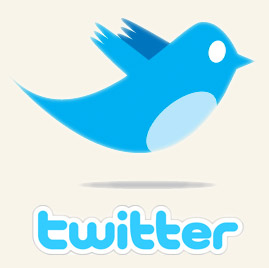Twitter’s New Ad Plan.
It sounds as if Twitter’s new advertising program has been well thought out. Sponsored 140 character Tweets, called Promoted Posts, will appear atop the results of key word searches. If you search for Tacos, you might see a Chipotle tweet above all others. Small type will let you know it’s a sponsored ad. And should you cursor over it the ad turns yellow. Twitter is stealing a page from Google by keeping only ads deemed relevant, i.e., that are clicked on, retweeted or direct messaged in reasonable numbers.
Twitter will charge advertisers on a CPM (cost per thousand basis), the way TV and print media are priced. (Read more about social media monetization here.) I suspect that in a while CPMs will be one price and clicks another, but we’ll see.
Next Phase of Twitter Ad Plan.
Down the road ads are expected to appear in the midst of tweet streams surrounding conversations. The ads won’t result from searches but from the content within posts. So if there are discussions about tacos Chipotle might buy its way into the conversation. Whether these purchased posts appear in the stream or along side a la Google is still to be determined.
This is just the tip of the iceberg. There are so many other ways to monetize Twitter which we’ll all be reading about in the coming months and years. I’m happy with the current approach – it is America after all – and I am happy that Twitter has tabled the in-stream advertising effort for a while. One bite at the apple at a time. Peace!









